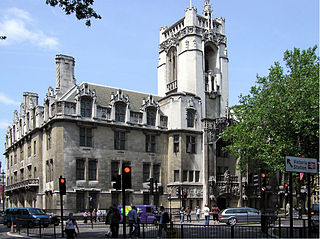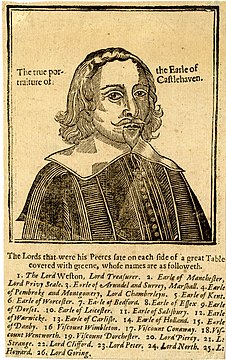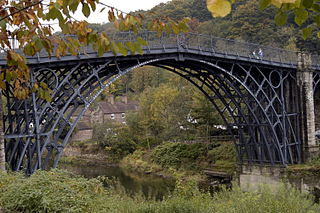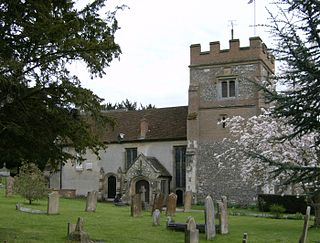
Harefield is a village in the London Borough of Hillingdon, England, on a hill, 17 miles (27 km) northwest of Charing Cross near Greater London's boundary with Buckinghamshire to the west and Hertfordshire to the north. The population at the 2011 Census was 7,399. It is the westernmost settlement in London.

Ickenham is an area centred on an old village in Greater London, part of the London Borough of Hillingdon.
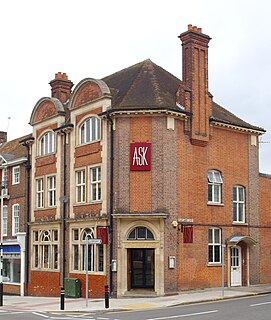
Northwood is an area in the north-west of Greater London, England. It is located within the London Borough of Hillingdon and the historic county of Middlesex, on the border with Hertfordshire, and is 14.5 miles (23.3 km) from Charing Cross.

Ruislip is an area in West London, England, which is part of the London Borough of Hillingdon. Ruislip lies 13.8 miles (22.2 km) west-north-west of Charing Cross, London.

Eastcote is a London Underground station in Eastcote in the west of Greater London. The station is on the Uxbridge branch of both the Metropolitan line and Piccadilly line, between Rayners Lane and Ruislip Manor stations. The station is located on Field End Road. It is in Travelcard Zone 5.
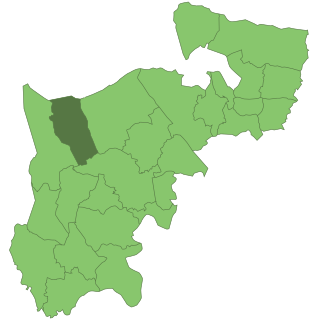
Ruislip-Northwood was an urban district in west Middlesex, England, from 1904 to 1965. From its inception Ruislip-Northwood fell within the Metropolitan Police District and from 1933 it was part of the London Passenger Transport Area.

Ruislip Manor is an area of Ruislip in the London Borough of Hillingdon. It is located approximately 13 miles (20.9 km) north west of Charing Cross.

Ruislip Lido is a reservoir and artificial beach in Ruislip, within the London Borough of Hillingdon, England, situated between Ruislip Common, Ruislip Woods, and Poors Field.

Haydon School is a mixed secondary school and sixth form in the Northwood Hills area of the London Borough of Hillingdon, Greater London, for students aged 11 to 18. On 1 April 2011, Haydon School became an Academy.

Alice Spencer, Countess of Derby was an English noblewoman from the Spencer family and noted patron of the arts. Poet Edmund Spenser represented her as "Amaryllis" in his eclogue Colin Clouts Come Home Againe (1595) and dedicated his poem The Teares of the Muses (1591) to her.

Ruislip Woods is a Site of Special Scientific Interest and national nature reserve covering 726 acres (294 ha) in Ruislip in the London Borough of Hillingdon. The woods became the first national nature reserve in an urban area of England in May 1997, receiving the Green Flag Award in 2006. Ruislip Local Nature Reserve at TQ 090 899 is part of the national nature reserve.

RAF Eastcote, also known over time as RAF Lime Grove, HMS Pembroke V and Outstation Eastcote, was a Ministry of Defence site in Eastcote, within the London Borough of Hillingdon.

Manor Farm is a 22-acre (8.9 ha) historic site in Ruislip, Greater London. It incorporates a medieval farm complex, with a main old barn dating from the 13th century and a farm house from the 16th. Nearby are the remains of a motte-and-bailey castle believed to date from shortly after the Norman conquest of England. Original groundwork on the site has been dated to the 9th century.

Highgrove House, also known as High Grove House or High Grove, is a Grade II listed mansion in the suburban area of Ruislip, within the London Borough of Hillingdon. Originally built in 1750 by the Reverend John Lidgould, the house was rebuilt in 1881 by Sir Hugh Hume-Campbell following a catastrophic fire. Along with Haydon Hall and Eastcote House, Highgrove was one of the three main houses of Eastcote and eventually became a residential hostel for homeless families, run by the local council from the 1960s until 2007. An area of the estate was sold to the local council in 1935 by the then-owner Eleanor Warrender to become what is now Warrender Park. In 1975, the house was granted Grade II listed status on account of its special architectural character.

St. Giles' Church is a church in Ickenham, within the London Borough of Hillingdon in England.

St Martin's Church is a church in the town of Ruislip, within the London Borough of Hillingdon. It has been designated since January 1950 by English Heritage as a Grade I listed building. The present chancel and nave date back to the 13th century. The church stands at the northern end of Ruislip High Street, near the Manor Farm site.

Eastcote House Gardens is an area of public parkland in Eastcote, within the London Borough of Hillingdon. The site covers 3.63 hectares and incorporates the walled garden, dovecote and coach house of Eastcote House. The house was demolished in 1964 by the Ruislip-Northwood Urban District Council (RNUDC), the predecessor of the London Borough of Hillingdon. At the public's request, the garden and outbuildings were retained and are now maintained by a group of volunteers, the Friends of Eastcote House Gardens, in partnership with the local authority.


